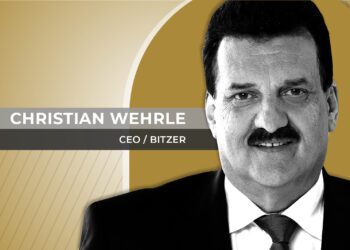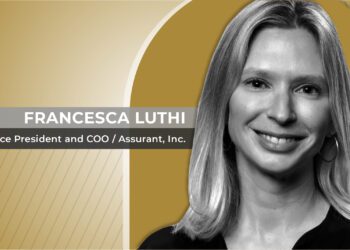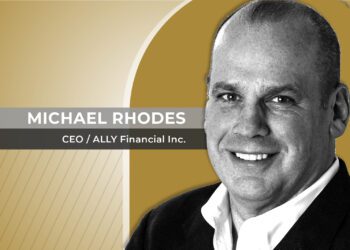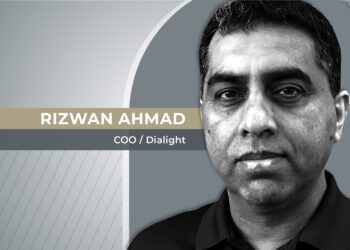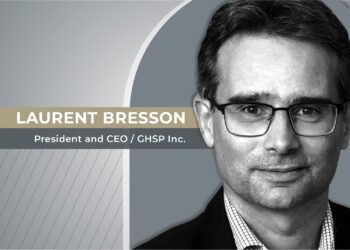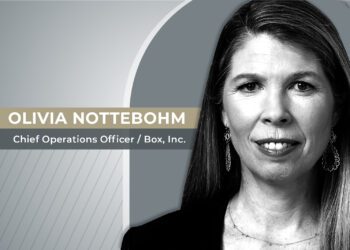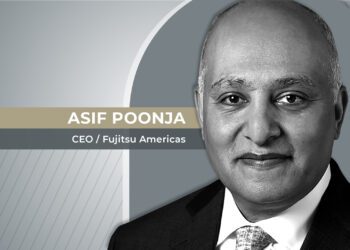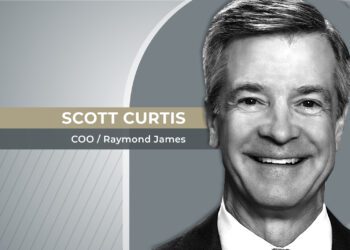Technology and diversification, the keys to providing new energy solutions at CPS Energy: CEO Paula Gold-Williams.
When Paula Gold-Williams took over as president and CEO of CPS Energy in 2015, initially in an interim role and later permanently, she was the first accountant, and long-term, non-engineer to become the top leader of the company. As far as Gold-Williams is concerned, the demands of leading an energy and utility company have changed greatly in recent years to embrace not only the engineering side of the industry, but increasingly legislative, regulatory, technology, customer service, and financial issues, as well.
“It’s not just about putting more iron in the ground,” Gold-Williams told CEO Magazine in an exclusive interview. “You have to have a very diverse view on how you’re going to open up new solutions in the future. You’ve also got to make sure that you’re doing it in such a way that it’s balanced and you can maintain strong financial accountability.”
CPS Energy (formerly “City Public Ser- vice”) is the municipal electric and natural gas utility serving the city of San Antonio, Texas. Acquired by the City in 1942, CPS Energy serves over 840,750 electricity customers and more than 352,585 natural gas customers in its 1,566-square-mile (4,060 km2) service area, which includes Bexar County and portions of its seven surrounding counties. A company whose wider history stretches back 160 years, it is also one which has diversified over the past thirty years to become a multiple-resource player in coal, gas, nuclear, solar, and wind power.
The business trinity
During her interim period as CEO, Paula Gold-Williams emphasized the need for three core business values: customers, community, and employees. She says she saw these values as crucial to keeping the company centered and focused on its principal mission, which is serving the inhabitants of the seventh-largest city in the US. Secondly, she looked toward technology as absolutely crucial in providing the best service possible to customers.
“The very first thing I did when I took over in 2015 was decide that what was important was our business trinity,” she explained. “We look at our customers as our beacon of truth and a litmus test on whether we’re doing a good job. Secondly, doing the right thing for San Antonio matters, and we have to appreciate what our metropolitan community needs. Thirdly, we have to take care of our employees and help them move their skills and competencies forward so that they can keep up with how the industry is evolving.”
A flexible path
While the energy industry has changed substantially over the past few years, there were a variety of drivers that led to CPS Energy diversifying its generation resource mix. Until the 1970s, the company was entirely supplied by natural gas. A huge problem arose when its primary natural gas supplier sought to breach a contract that assured favorable commodity pricing for CPS Energy’s customers. Intense litigation followed, and ultimately, the company’s customers were protected from huge bills.
“The biggest lesson management learned was the value of diversification,” Gold-Williams elaborated. “And so it became our mission to venture into nuclear, coal, wind and solar. In fact today, we have a substantial amount of wind and solar in our portfolio, as well as a huge energy efficiency and conservation program. I believe this broad diversification puts us in a very strong position.”
Gold-Williams believes passionately in thinking outside the box on energy, looking beyond tried-and-trusted business practices and technology and always keeping one eye on new research and developments that can be studied, leveraged, and piloted—a philosophy she refers to as the Flexible Path, a strategy the company launched officially in 2018, and one which she hopes will help them meet their sustainability goals, among other targets.
“In 2017, we spent the year developing this view about creating a flexible approach to the future,” Gold-Williams elaborated. “The Flexible Path says: don’t even be stuck on the things that you think are tried and true and proven. Leverage your existing technology, your systems, but always have an eye all the way around the globe on what’s happening in technology and who’s making moves in research. It also envisions us getting to an even lower level of carbon emissions in our portfolio. By 2050, we believe we can get close to the Paris Accord targets.”
Looking to the future
Along with the move toward more sustainable energy solutions, Gold-Williams views technology as the key factor that will determine CPS Energy’s business strategy going forward, from data analytics that measure performance and customer satisfaction to the digitalization of their service in order for the company to become even more efficient in delivering energy.
“For example, we moved to upgraded digital meters and those give us data that we’re using to proactively find problems and opportunity points within our system,” she highlighted. “Today, we can reactivate someone’s power from our control systems instead of having to send people out. We’re using more and more analytics so we can see a degradation of equipment before it actually fails (…) We have also developed something called the Business Quarterback Model where we develop comprehensive strategies on issues such as new generation and electric vehicles (EVs). For example, we ask ourselves: What does the future of EVs look like from our position? How do we increasingly support EVs in the future? How do we create public-private partnerships that get other people to come in and help us with infrastructure investments and give us ways to introduce new products and services to our customers?”
A growth state
With Texas increasingly drawing new residents and investment and San Antonio itself predicted to grow by as many as 1 million inhabitants in the coming years, Gold-Williams sees extraordinary opportunities ahead for CPS Energy, and the company works closely with the municipal government through initiatives such as the San Antonio Economic Development Foundation and YTexas with a view to being part of the city and the state’s economic development and wellbeing.
“Texas is a growth state in the sense that just about every major metropolitan area and quite a few suburban ones are in growth mode,” she emphasized. “I sit on the executive committee of the San Antonio Economic Development Foundation and am also a member of YTexas which is a great organization in Dallas that helps communities focus on how to improve the investment climate for companies from across the globe.
“Mayor Ron Nirenberg has a huge focus on combining economic development benefits with new solutions on energy and environment. Through our energy efficiency and conservation plan—the Save for Tomorrow Energy Plan (STEP)—we’ve been able to save over 800MW of power over the past ten years. We’re going to the community with new solutions along the way.”



